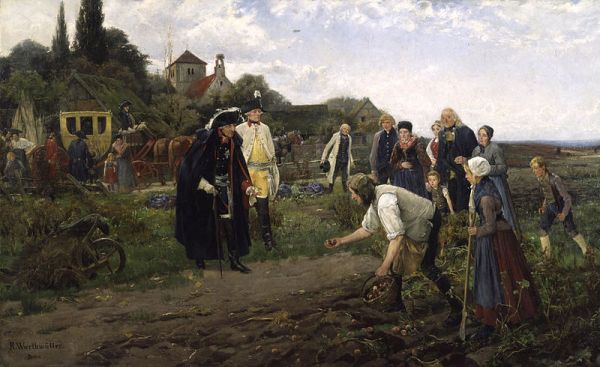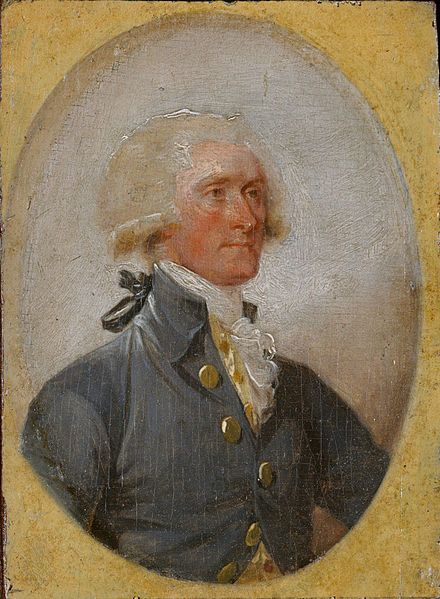The Twenty-Second of our trees of December ...!
Carolina Naturally is read in 200 countries around the world daily.
Today is - National Haiku Poetry Day
Don't forget to visit our sister blog: It Is What It Is
Some of our readers today have been in:
The Americas
Monte Alto, Rio De Janeiro, Sao Paulo and Uberlandia, Brazil
Discovery District, Montreal, Quebec and Vancouver, Canada
Bogota, Colombia
Tlalnepantla, Mexico
Huancayo, Peru
Europe
Sarajevo, Bosnia-Herzegovina
Ruse, Sofia and Varna, Bulgaria
Prague, Czech Republic
Crawley and London, England
Yuri, Estonia
Gouzon, Lyon, Montpellier, Paris, Roubaix, Rouen and Tours, France
Berlin and Dusseldorf, Germany
Athens, Larissa and Thessaloniki, Greece
Reykjavik, Iceland
Florence, Ivrea, Milan, Naples, Ravenna, Rome and Savona, Italy
Moscow, Novgorod, Ryazan and Vladivostok, Russia
Ljubljana, Slovenia
L'Olleria, Madrid and Valencia, Spain
Kista and Stockholm, Sweden
Baar and Zurich, Switzerland
Ankara, Turkey
Asia
Kabul, Afghanistan
Dhaka, Bangladesh
Rangoon, Burma
Bangalore, Mumbai, New Delhi, Patna, Pune, Shillong and Trichur, India
Jakarta, Indonesia
Mashhad, Iran
Hedera and Tirat Karmel, Israel
Seoul, Korea
Bayan Lepas and Kuala Lumpur, Malaysia
Karachi, Pakistan
Doha, Qatar
Riyadh, Saudi Arabia
Bangkok, Thailand
Africa
Praia, Cape Verde
Rabat, Morocco
Cape Town, South Africa
Lusaka, Zambia
The Pacific
Brisbane, Homebush, Melbourne, Subiaco and Sydney, Australia















 Thomas
Jefferson knew how important healthy farms were to his fledgling
nation, and he didn’t mind getting his hands dirty to keep his country
strong. By summer 1787, the American rice industry was starting to
crumble. The rice was mostly grown in swamps, and the stagnant water was
a breeding ground for mosquitoes that made nearby workers sick. During
his tenure as minister to France, Jefferson found the farmers’ solution:
a dry, upland variety of rice grown in Italy. There was just one
problem: Italian law forbade “the exportation of rough rice on pain of
death.” Jefferson, however, used his power to declare the rice
independent, secretly filling his coat pockets with the unhusked
varietel before making for the border.
Thomas
Jefferson knew how important healthy farms were to his fledgling
nation, and he didn’t mind getting his hands dirty to keep his country
strong. By summer 1787, the American rice industry was starting to
crumble. The rice was mostly grown in swamps, and the stagnant water was
a breeding ground for mosquitoes that made nearby workers sick. During
his tenure as minister to France, Jefferson found the farmers’ solution:
a dry, upland variety of rice grown in Italy. There was just one
problem: Italian law forbade “the exportation of rough rice on pain of
death.” Jefferson, however, used his power to declare the rice
independent, secretly filling his coat pockets with the unhusked
varietel before making for the border. 



